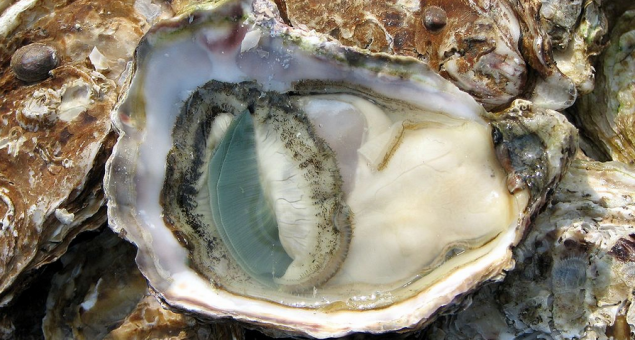A coalition of bivalve enthusiasts is trying to revive oyster farming in water that is beset by trash and raw sewage
By Edward Helmore for The Guardian
[dropcap]T[/dropcap]he oysters in the Hudson River around the Statue of Liberty are some of the plumpest and fastest growing Crassostrea virginica in the whole of New York harbor. Fitting it should be that way, at least in contrast to the East River, between Manhattan and Brooklyn, where untreated effluent is allowed to flow out during storms in what New York authorities describe as a “rain event”.

This image is from the user Chris 73 and is freely available at //commons.wikimedia.org
But even plump “liberty” oysters are inedible, says Peter Malinowski, founder and director of the Billion Oyster Project, a four-year-old program that hopes to restore oysters throughout an estuary that once sustained 220,000 acres of oyster beds, producing enough bivalves to sustain early settlers to Manhattan island. The mollusk population here used to supply half of the world’s harvested oysters.
This bay, nestled in Brooklyn’s Navy Yard, is now one of the most unappealing environments for any kind of aquatic life. The city’s treatment facilities are able to process 1bn gallons a day. More than a quarter of an inch of rain and as much as 66m gallons of untreated waste water from all over Brooklyn flushes into the river every 24 hours.


